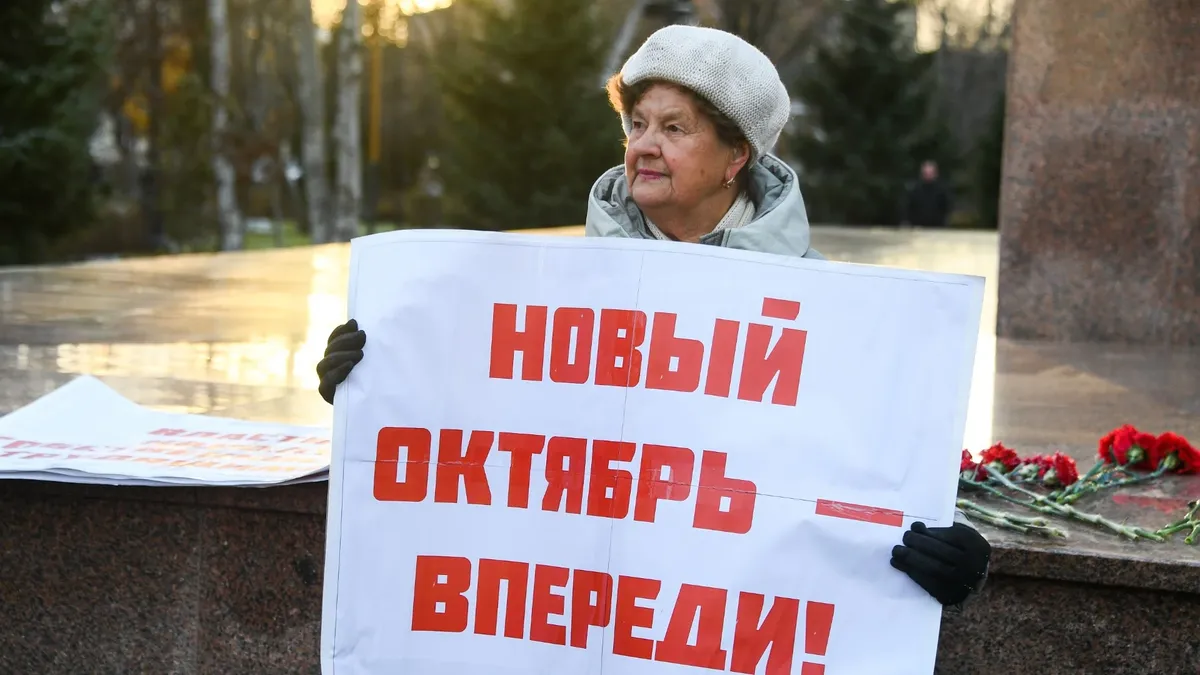WHO ATTACKED BESLAN? PROFILING THE TERRORIST GROUP
WHO ATTACKED BESLAN? PROFILING THE TERRORIST GROUP
The investigation into the September 1 terrorist attack on the North Ossetian town of Beslan continues. Apart from law-enforcement agencies and prosecutors, the Russian Federation Council and State Duma have also established an independent commission to tackle the problem.
Commission members visited North Ossetia in late September, but the results of their expedition are still unknown, as the Commission’s report will not be made public for six months. Indeed, the Beslan siege and bloody ending have raised so many questions that the authorities need ample time to clarify them all.
The first question is the true identity of the people who seized Beslan’s School No. 1. It is still not very clear how many individuals were involved in the hostage taking. The official investigation said 32, but the surviving hostages claim that the number of the terrorists could be as much as 50 (Gazeta, September 19). The supposed mastermind behind the Beslan attack, Chechen field commander Shamil Basayev, has claimed there were 33 terrorists of various ethnic origins (Daymohk website, September 17).
According to Basayev, the gang included 12 Chechen males and two females, eight Ingush, two Ossetians, two Arabs, two Russians, a Kabarda, a Tatar, and one Guran (a very small Asian minority living in the Russian Far East). Basayev’s assertion that a Guran was part of the group was confirmed indirectly by an aide to the Russian Prosecutor-General, Sergei Fridinsky, who said that a Korean was among the terrorists (RIA Novosti, September 4). A Guran could be easily confused with a Korean. Russian reconnaissance units fighting in Chechnya often recruit Gurans, one of the many Siberian minorities whose national pastime is bear hunting, making them excellent trackers and shooters. The Beslan Gurin might have been taken prisoner, forced to convert to Islam, and become a member of Shamil Basayev’s terrorists guard. The same circumstances might explain the two Russians and the Tatar listed as among the group.
Another question is the background of some of the Beslan terrorists. Apparently police and the Federal Security Service (FSB) had detained several of them long before the attack. On August 29, 2001, the Chechen section of the Russian FSB announced that three guerrillas linked to Khattab, an Arab field commander, (now deceased), had been arrested in Nozhai-Urt district (Interfax, August 29, 2001). One of them was Khan-Pasha Kulayev, the only terrorist captured alive in Beslan. Gennady Gudkov, a member of the Russian State Duma’s Security Committee and a former KGB officer, suggested that Kulayev had died in prison and his identity had been stolen by another person. Gudkov vehemently rejected the idea that Kulayev had been deliberately released from custody in order for him to take part in the Beslan attack (Nezavisymoye voennoye obozreniye, September 11). According to Russky kuryer, at least two other members of the Beslan terrorist group (Arsen Shershoev and Mairbek Sheibhanov) had also been imprisoned in the North Caucasus (Russky kuryer, October 1). The most likely reason that suspects either in jail or under surveillance were able to take part in the attack is that they had bribed the guards to release them.
Of the 32 dead terrorists, only 15 have been identified (Russky kuryer, October 1). As for the others, it will not be easy for the security agencies to find out who they were. At a meeting of the interior ministers of the North Caucasus republics, held in Vladikavkaz on October 3, Nikolai Shepel, a new aide to the Prosecutor-General in the Southern Federal District of Russia, sharply criticized the ministers, saying that the investigation was going too slowly, especially the identification of the terrorists (gazeta.ru, October 3).
One month after the attack, the security services do not even know exactly where Basayev’s group trained for the attack on Beslan. In his statement, Basayev mentioned a camp in the forest near the Ossetian village of Stary Batako-Urt, between North Ossetia and Ingushetia. According to the Russian edition of Newsweek, law-enforcement agencies have information that the training camp exists, but they cannot investigate the tip because they believe that the forest is full of militants who will prevent federal troops from entering (Russian Newsweek, # 17, 2004).
The identity of the Beslan commander is still unclear. First officials said that Doku Umarov, a Chechen field commander, was behind the attack, then it was alleged that the group that seized the school was under command of Magomed Yevloev, and then it appeared to be Khodorov, an Ossetian Muslim. Most recently an aide to Prosecutor-General Vladimir Kolesnikov said that the commander nicknamed “Colonel” was Ruslan Khuchubarov, an Ingush from the village of Galashki. But, according to Vremya novosti, there was also an Ingush called Khachubarov who could have been easily taken for Khuchubarov (Vremya novosti, September 20).
Shamil Basayev has not clarified this issue, saying in his statement that the commander was “Colonel” Orskhoev. Adam Malsagov, press secretary of the Moscow office of the Ingushetia government, explained that while there is a teip (clan) called Ortshoy, there are no people with such surnames either in Ingushetia or Chechnya.
Clearly, the Beslan tragedy has raised many difficult questions. They all need to be answered, otherwise the world will never know who is involved in terrorist activities in the Caucasus and how such large-scale terrorist operations could exist undetected.


